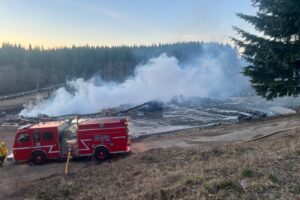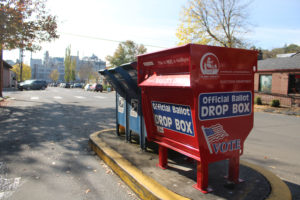Caught between a state-mandated 1-percent cap on annual property tax increases and rapidly increasing costs, leaders in the East County Fire and Rescue (ECFR) District have decided to ask voters to approve a fire levy lid lift in the November general election.
“We have worked very hard to live within our means,” ECFR Deputy Fire Chief Mike Carnes said. “We’ve squeezed until we can’t squeeze anymore.”
Voters must decide if they are willing to pay a little more to help stabilize the district’s fire and emergency response capabilities.
“This isn’t going to expand much of anything, except some training,” Carnes said. “It’s really just to pay the bills.”
If approved, the lid lift would bring the district’s levy rate back to its original 2008 level of $1.50 per $1,000 of assessed property value (APV), and cost an additional 21 cents per $1,000 APV over the current $1.29 per $1,000 rate. The owner of a $350,000 home would pay an extra $6.13 each month to maintain current levels of fire and emergency response service.





